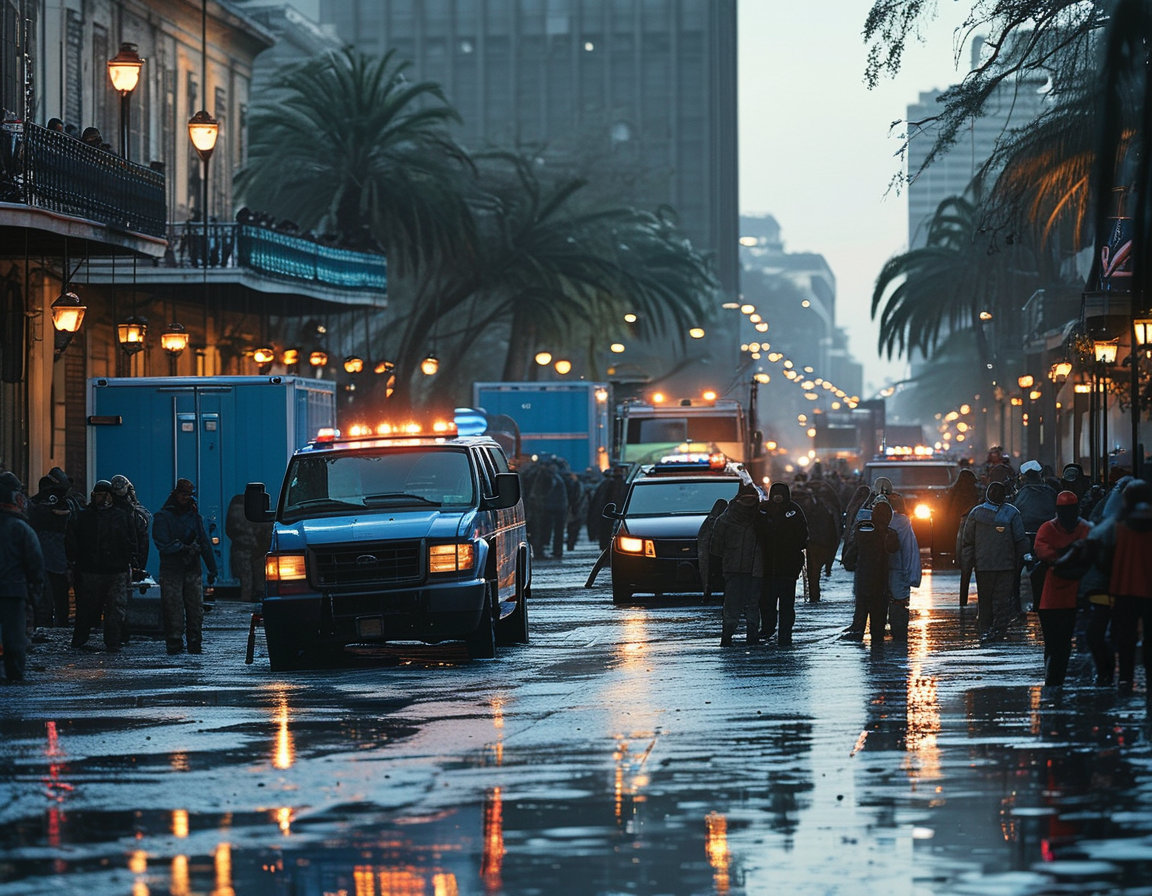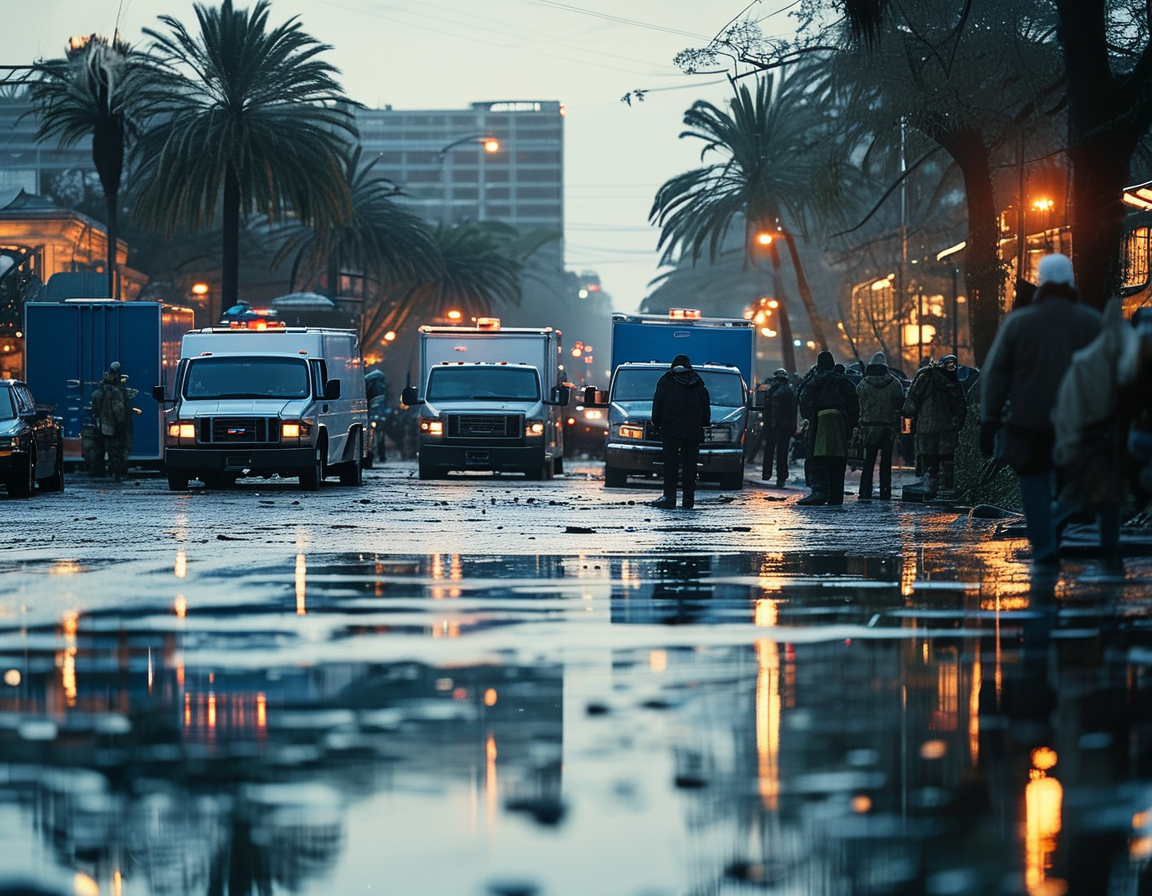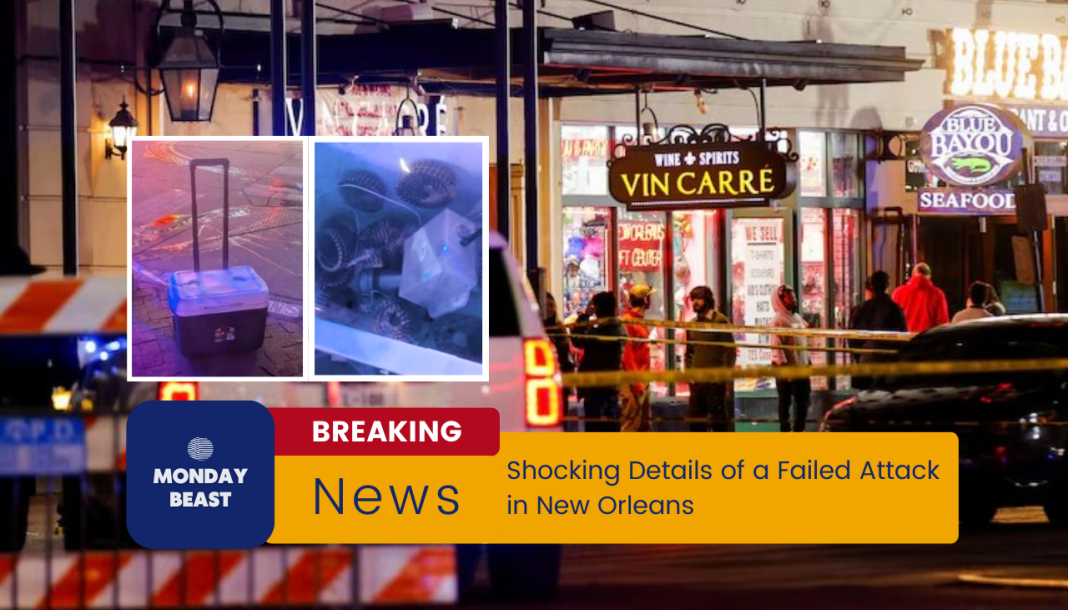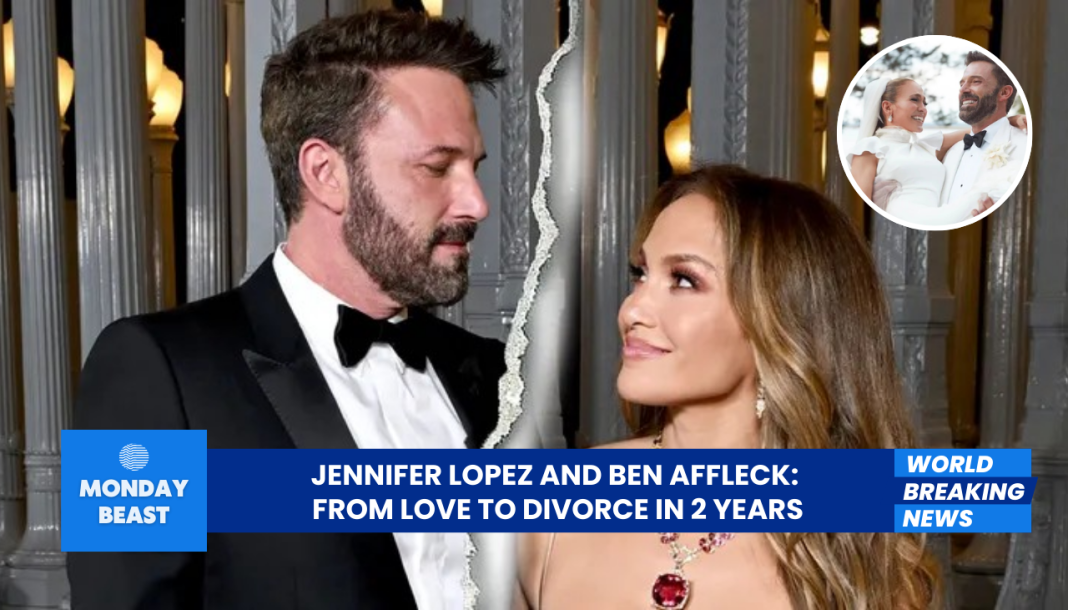Background of the Attack
The New Year’s Day attack in New Orleans shook the city to its core. Shamsud-Din Jabbar, 42, transformed a celebratory atmosphere into chaos and fear. At least 14 lives were lost, and dozens more were injured when he rammed his truck into a crowd on Bourbon Street. But what lurked behind that initial horror was an even more disturbing revelation: Jabbar had planted improvised explosive devices, or IEDs, hidden in coolers, await-ing to unleash further devastation. The stakes were higher than anyone could imagine.
The Discovery of the IEDs
In the aftermath of the attack, investigators uncovered images of the IEDs that Jabbar intended to use. ABC News revealed a photo of one explosive device nestled inside a blue ice chest. This IED contained a steel, galvanized pipe filled with nails and had a radio-controlled receiver. What does this say about the level of preparation and malice? The devices were designed to amplify the destruction he had already caused, making the greater intent clear: instilling terror on a grand scale.
The FBI’s Investigation

The FBI’s New Orleans field office, led by Special Agent Lyonel Myrthil, dove deeper into the investigation. They found video footage showing Jabbar planting these deadly devices before the carnage began. The surreal images beg the question: how could this occur in such a vibrant area known for joyful celebrations? This chilling plot twist added another layer to an already tragic event, which raises further questions about community safety and awareness.
Failed Detonation
It’s almost a macabre twist of fate that the IEDs never detonated. Joshua Jackson, from the Bureau of Alcohol, Tobacco, Firearms and Explosives, indicated that either Jabbar was killed before he could activate them, or he simply miscalculated the detonation process. Was this sheer luck, or a profound failure on Jabbar’s part? His choice of an electronic match or a hobby switch—easily accessible in stores—indicates a surprising inexperience in executing such a heinous plan.
A Broader Picture
As the dust settles, the community is left grappling with fear and uncertainty. How can we navigate our world when people are willing to exploit public gatherings for violence? This incident isn’t an isolated event; it reflects broader trends in domestic terrorism. It raises important questions about how we can improve public safety measures without compromising our freedom to gather and celebrate.
Reflections on Safety

Many will think twice about their safety in such populated areas after this incident. Seeing loved ones gather should come with joy, not trepidation. Perhaps it’s time to consider what communities can do together to address safety concerns. What strategies can we devise to spot troubling behaviors before they escalate?
Aftermath and Healing
While investigations continue, the emotional scars left behind are profound. Families mourn their loved ones, and communities will work to heal. It’s crucial that local leaders find solutions to prevent future tragedies. New Orleans has always been resilient, but healing takes time—time for reflection and for rebuilding trust.
Conclusion: A Call for Awareness
This tragic event forces society to confront harsh realities about safety and vigilance. The photos of the IEDs, the video of Jabbar, and the tragedies of that day are stark reminders to stay alert. But it’s equally a call for compassion and community bonds. Can we come together not just in times of crisis, but proactive against them? The conversation must continue. The questions must linger, for it’s in seeking answers that we become stronger.




